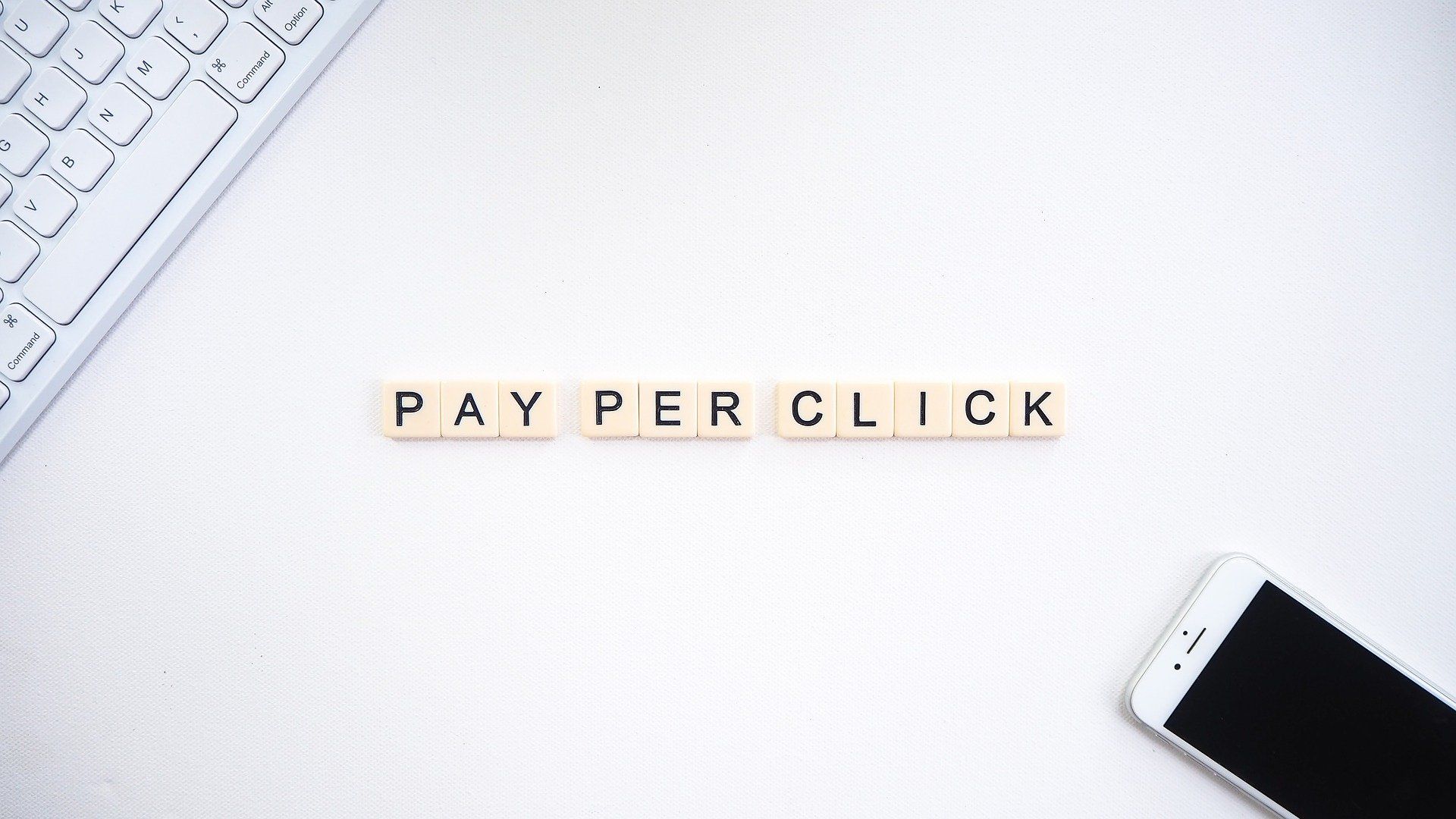3 digital marketing opportunities to prepare for in 2021

The days are shorter, there’s a chill in the air, and holiday lights are dotting the night sky. Normally this season is a time to reflect on what we’ve accomplished this year, the good times we’ve had and the memories we’ve made. But this year is different. I can almost hear the record scratch as we turn the corner into 2021. So instead of reflecting on the year (see ya, 2020!), let’s leap into 2021 ready to take on new customers and refine our digital marketing strategy.
Consumer habits have permanently changed as the result of the pandemic. Here are three things to prepare for as we look ahead to the coming year:
Know your target customer. Their online behaviors have shifted this year. Make sure your website is relevant and meeting their evolving mobile commerce needs. According to U.S. census data, e-commerce sales increased 37% in Q3 of this year over the same period in 2019. In 2021, 54% of all retail e-commerce transactions are projected to occur on a mobile device.
Is your website up to the task? Make sure your mobile shopping experience is fast, secure and includes large, easy-to-click links, product information and reviews.
Increase engagement with your customer. It is exceedingly important to cultivate direct relationships with your customers, especially as the death of the cookie nears. Connect with them more personally through email and social. These low-cost tools drive high customer engagement and brand loyalty.
Email marketing has been around for decades but remains a strong medium today. In 2021, plan to produce more personalized, conversational email marketing that closely addresses your customers’ needs. And grow those email databases! Capitalize on promotions to cultivate email addresses and preferences from both loyal and prospective customers.
On the social side, Instagram has recently enhanced their search capabilities and expanded Reels, making 2021 the year to expand your stock of short, conversational videos that can be used across marketing channels. Which brings us to our last key opportunity…
Capitalize on the rapid growth of streaming video. People are spending more time at home in front of screens, and streaming video consumption will continue to grow in 2021. In a survey conducted by Verizon Media , 60% of advertisers that are currently spending on CTVplan on increasing their buys in the first half of 2021 , a strong indication that this medium is proving to be effective.
Streaming media—live and recorded—offers advertisers the opportunity to connect authentically with potential customers at a moment when they are truly engaged with that device. In addition, advanced targeting capabilities create efficiencies for advertisers while improving relevancy for the consumer.
Now is the perfect time to streamline your marketing efforts and drive new customers, and at Phase 3 Digital, we will help you cut through the minutiae and execute solutions that make sense for your business. Contact us for help as you look ahead and plan for the coming year.
And helloooo, 2021! We’re so happy you’re here. And, boy, do we have a story to tell you.










